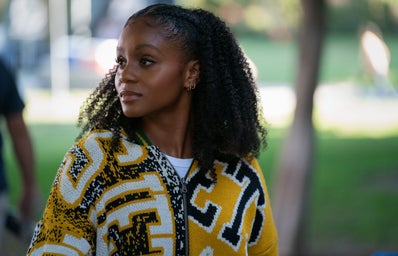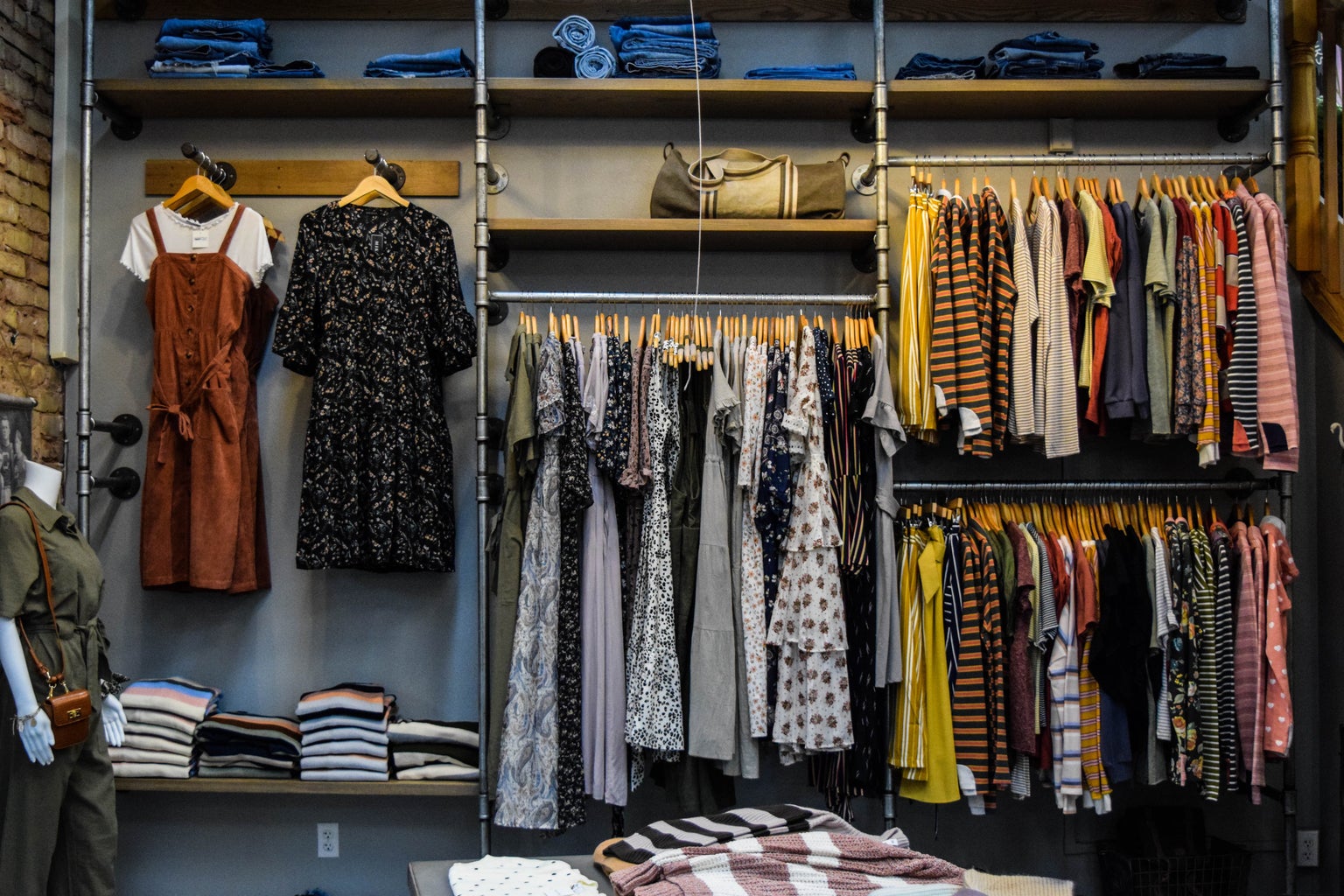Fashion is the most captivating aspect of HBCU culture. This was the first thing that drew my attention when I attended an HBCU event. The pride everyone took in their style was evident from the customized clothing, unique jewelry, and accessories, to the stylish sneakers and tracksuits.
HBCUs are the center of individuality when it comes to fashion sense and dressing to impress. Most HBCU events have specific themes that showcase our styles throughout different decades.
Social media has had a significant impact on highlighting the authenticity of black fashion as it has gained more traction on sites such as TikTok, Instagram, and X (Twitter).
It is also very important that we acknowledge the history of why African Americans dress in the manner they do. Black culture has always been expressive in terms of fashion.
Young black college students being creative in the area of fashion is an amazing outlet. This article will touch on relevant aspects regarding the current fashion scene at HBCUs and where these trends originated.
Historical significance and respectability politics:
Making a statement about the way we dress has been a part of the culture for many generations. During the Civil Rights Era, African Americans dressed in their, “Sunday best” to marches and protests as a way to display their competence.
This would consist of very conservative clothing like suits, long skirts, and large hats. This is an example of the idea known as “respectability politics.” This term refers to the idea of removing yourself from racist ideologies that are associated with one’s race.
This was to separate themselves from the demeaning stereotypes that were associated with being black. Stereotypes such as “black people are unkempt.” They presented themselves as the total opposite of this narrative.
They held themselves to a different standard and wanted to appear as professional. Many people argue that this was a way to appeal to white individuals due to their lack of access to opportunity.
I believe that the oppression black people faced did have a lot to do with the way they presented themselves. This is a very controversial topic that is often discussed in many intellectual spaces.
Today’s fashion:
One of the most memorable fashion moments at an HBCU, besides homecoming, is the first week of school. Students come dressed in their most stylish outfits wearing brands such as Telfar, Jordan, New Balance, Ralph Lauren, True Religion, and many more.
Designer brands like Lanvin, Balenciaga, and Chanel have also become popular at HBCUs as well. The style amongst black youth has even made its way to social media sites such as TikTok and Instagram.
“Fit checks” have become immensely popular on social media, especially at HBCUs such as NCAT, Howard, Morgan State University, and Delaware State University. All of these schools have gained traction on social media.
One thing I have learned while attending an HBCU is that Black students always add an individualistic flare. Whether it is cutting college apparel into crop tops or dresses, black students will always add their touch.
The engagement on many HBCU influencer pages has been extremely prominent. Videos of HBCU students showing off their outfits have appeared on my TikTok explore page.
These videos are usually filmed with a popular rap song in the background while recording the students’ outfits. This trend is centered around fashion statements and the creativity of black students.
Fashion Centered Events:
Most HBCUs have uniquely themed parties that revolve around fashion and the type of clothing that was once trending within black culture. One of the most popular ones was “Freaknik,” which was a spring break festival that started at an HBCU.
It gained more popularity throughout the 1990s and is still referenced to this day in relation to fashion. Popular clothing that was worn during these parties were chunky gold jewelry, airbrushed t-shirts, oversized jeans, tracksuits, and different sneaker brands.
Another popular theme is the Early 2000s where you will typically see oversized jerseys, mini skirts, baseball caps, and lots of other streetwear that was trending during this era. Young black individuals are truly artistic when it comes to style and fashion.


